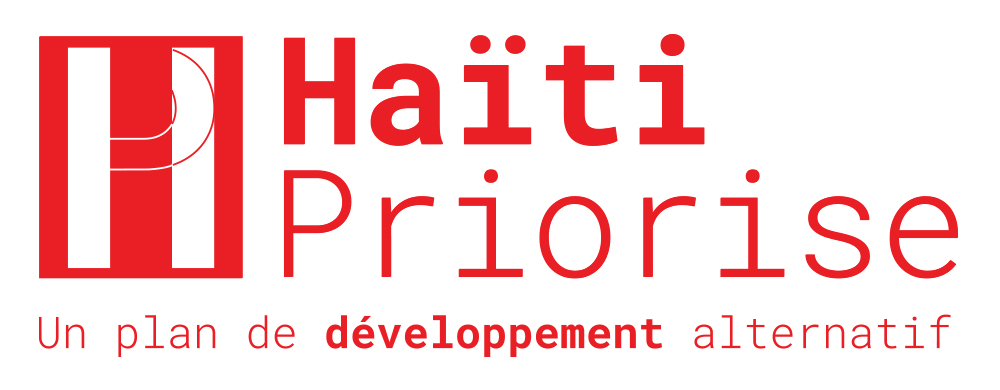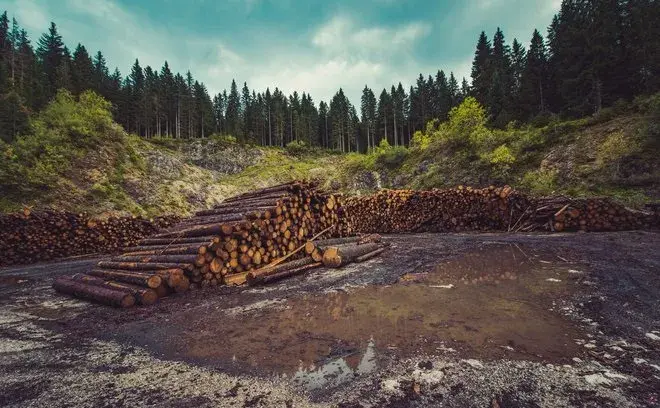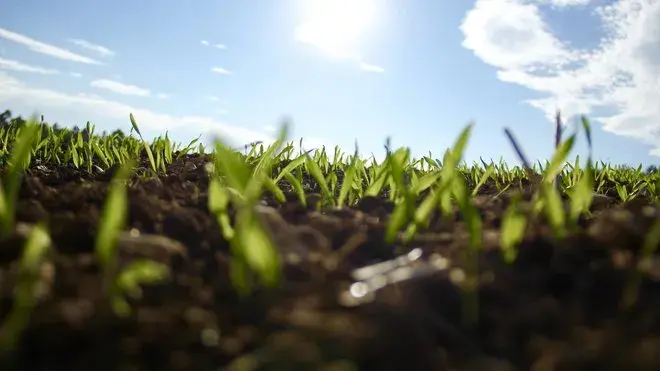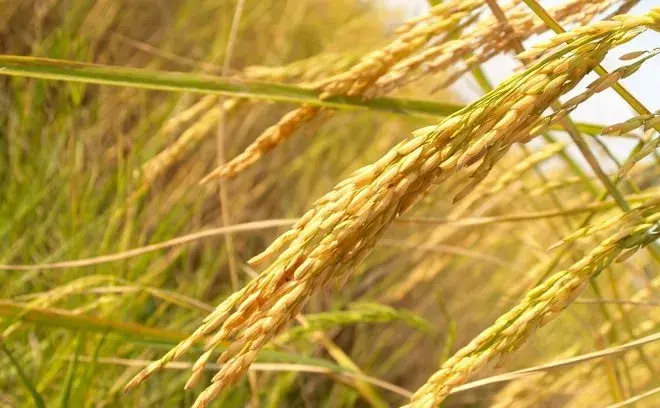Agriculture
Agriculture is central to the Haitian economy, employing more than half the population and serving as the primary source of income in rural areas. Agriculture is typified by small plots of land, with farmers growing cassava (manioc), plantains and bananas, corn (maize), yams and sweet potatoes, and rice.
There are different ways to try to boost the prosperity of farmers and the nation. One approach is to explore agroforestry farming methods, such as agri-silviculture, which combines the growing of agricultural crops with simultaneously raised and protected trees. This, along with carbon pricing infrastructure and biogas scale-up, aim to reduce deforestation. Causes of deforestation are complex. One much-studied factor is that farmers have no incentive to engage in sustainable farming.
Another approach is to try to improve and intensify rice production. And a third approach is to introduce agricultural tariffs and subsidies, in an effort to support Haitian farmers.
Continue to check back for future research releases related to agriculture.
Costs and Benefits of Agroforestry in Haïti: Value Chain that Includes Environment and Health
Between 70% and 95% of the energy used for cooking in Haiti is from wood and charcoal, which is detrimental to the country’s forests. Original forest area is now only 3.5%, according to FAO (2015), though other sources put it as high as 30%.
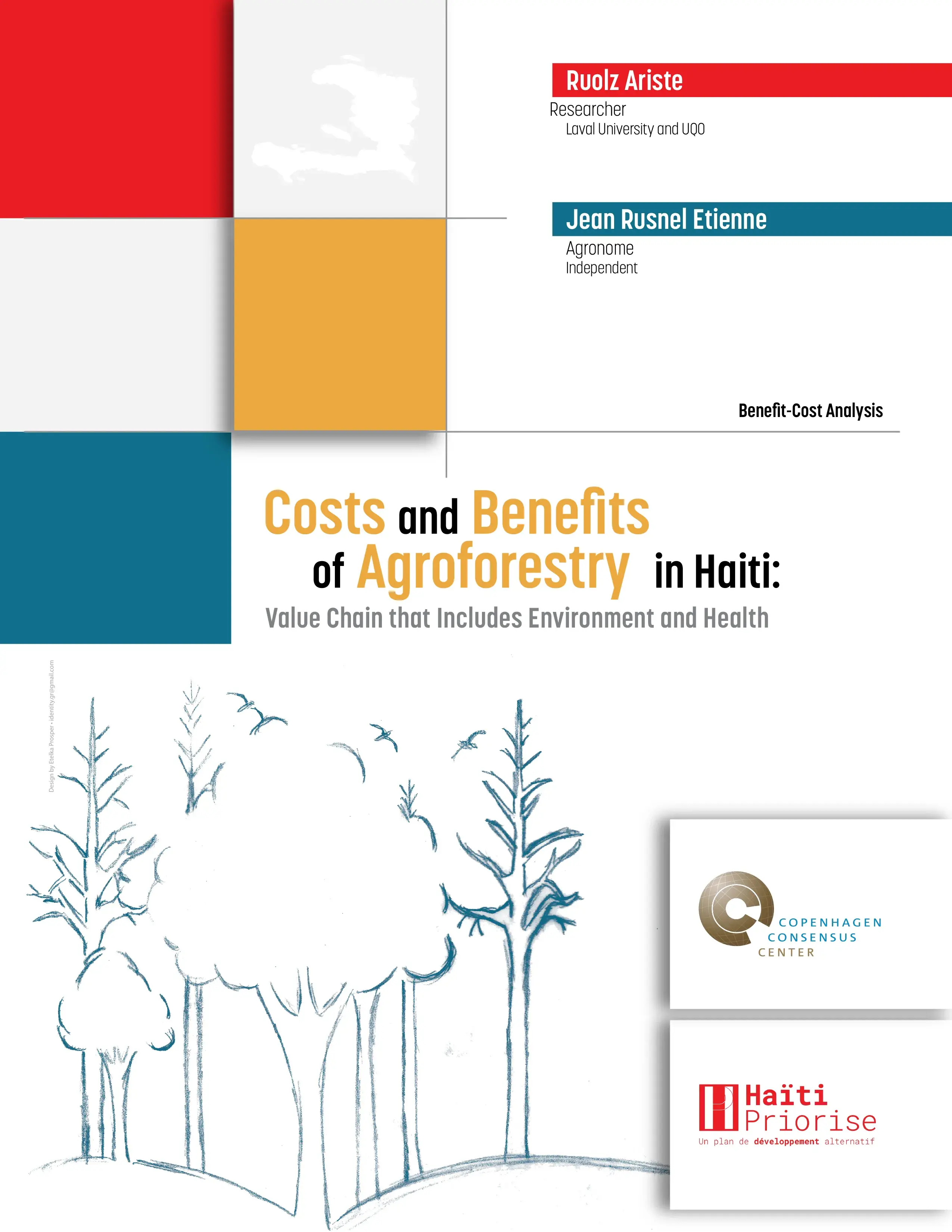
Improving Rice Productivity to Increase Rural Incomes and Food Security in Haiti
Written by Travis J. Lybbert, Professor, Agricultural & Resource Economics, University California Davis, this research looks at an initiative designed specifically to increase crop productivity: “System of Rice Intensification” or SRI in the Artibonite.
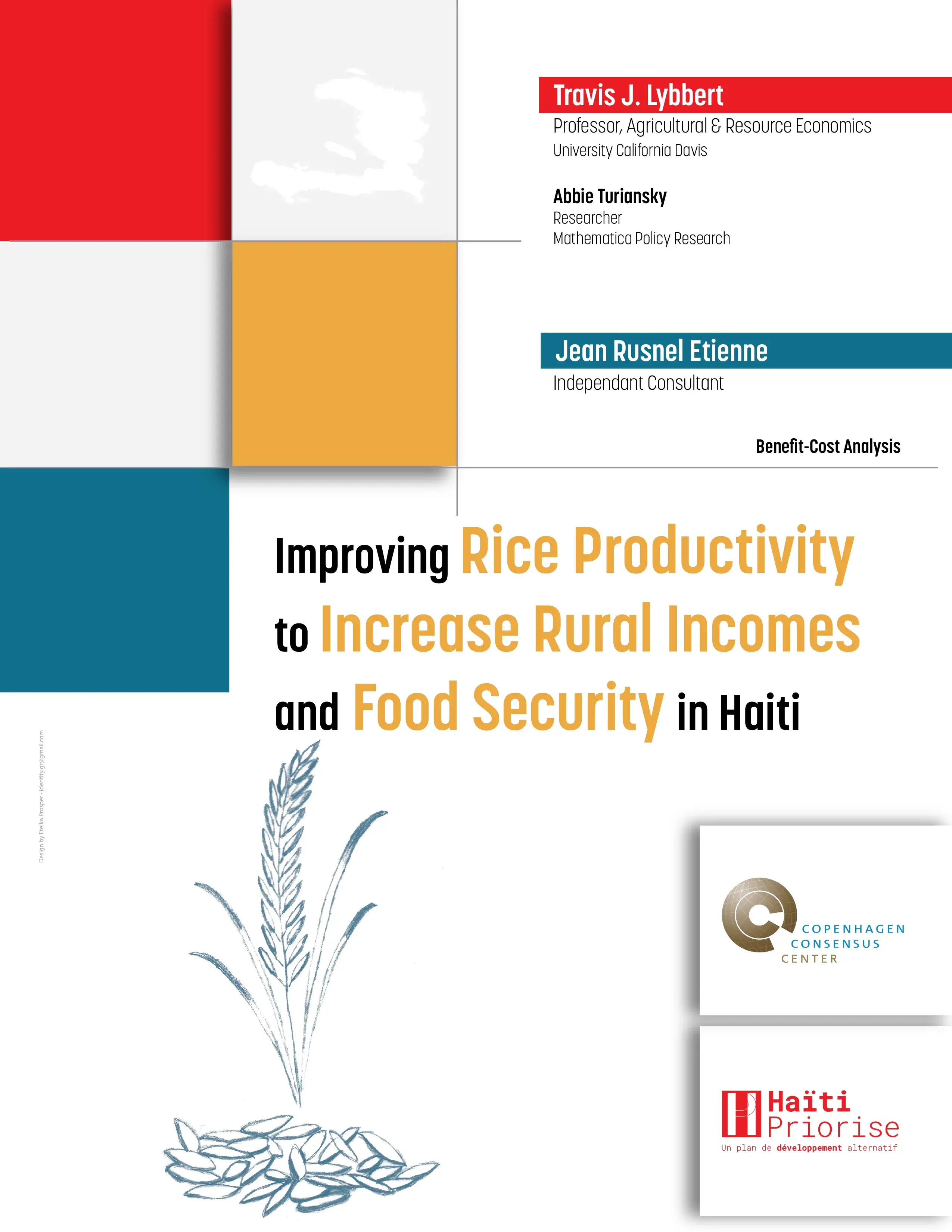
Three Interventions in the Rice Market in Haiti
Written by Tim Josling, Senior Fellow, and Emeritus Professor, Freeman Spogli Institute for International Studies, and Stanford University Food Research Institute, this research looks at three approaches to the rice market: (1) a ten-year, 20 percent import tariff on imports of American rice, (2) crop insurance to protect farmers and (3) subsidies for fertilizer use.
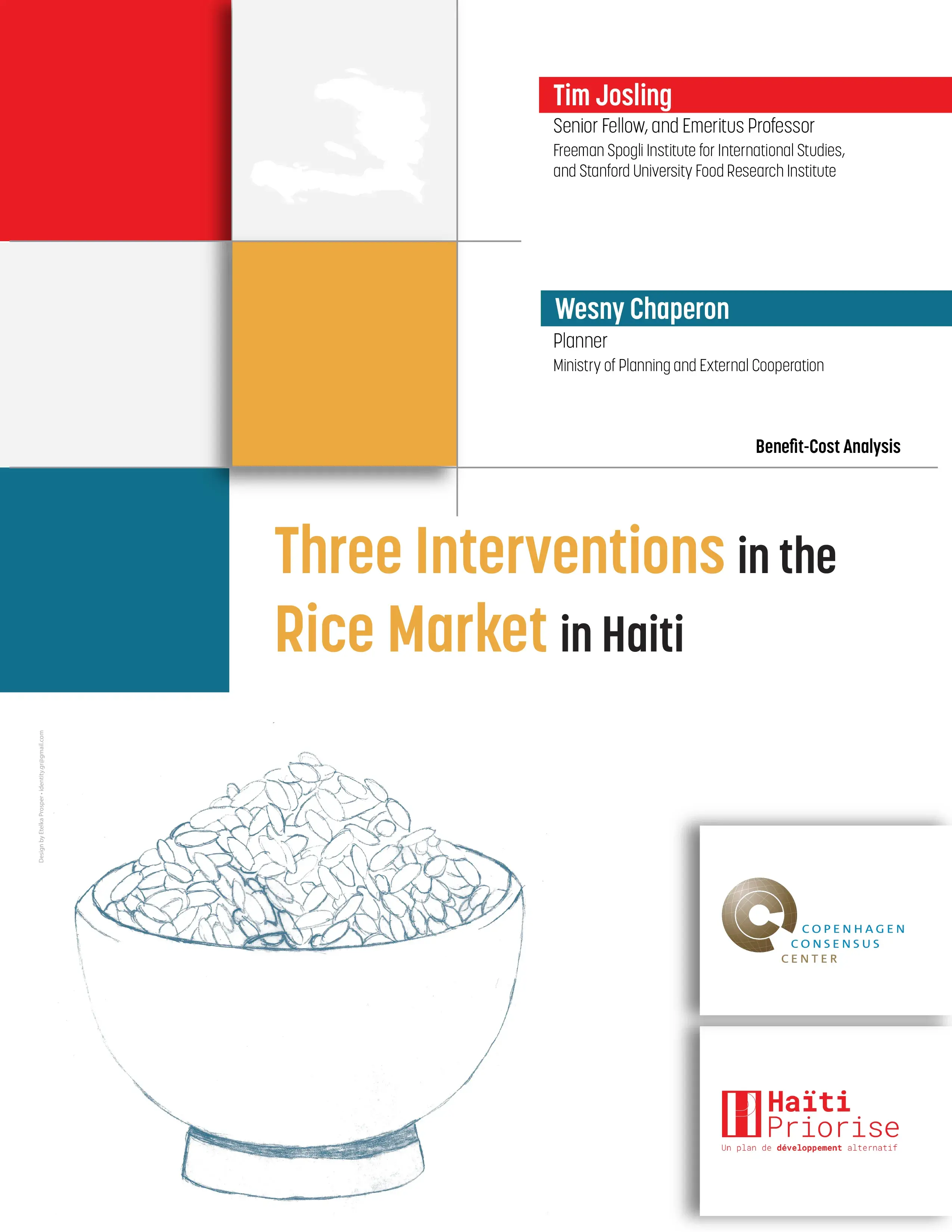
Costs and Benefits of Investment in Agricultural Research and Development (R&D) in Haiti
Written by Subir Bairagi, Agricultural Economist, Post-doctoral fellow, Institute of Policy and Social Sciences, and International Rice Research Institute, this research looks at an initiative designed specifically to increase crop productivity: Investment in agricultural research and development.

Costs and Benefits of Interventions to Reduce Post-Harvest Losses and Improve Market Access
Professor Romy Reggiani Theodat of the Ministry of Commerce and Industry (MCI) looks at two complementary proposals to reduce post-harvest losses: introducing a crop transport truck system, and creating a packaging and conservation center.


